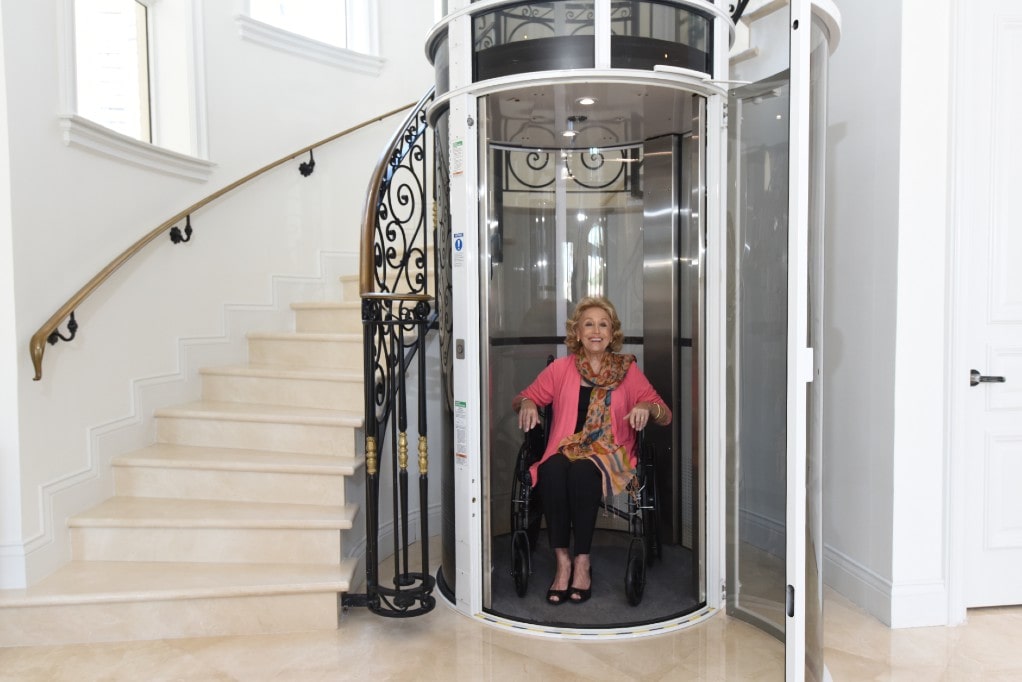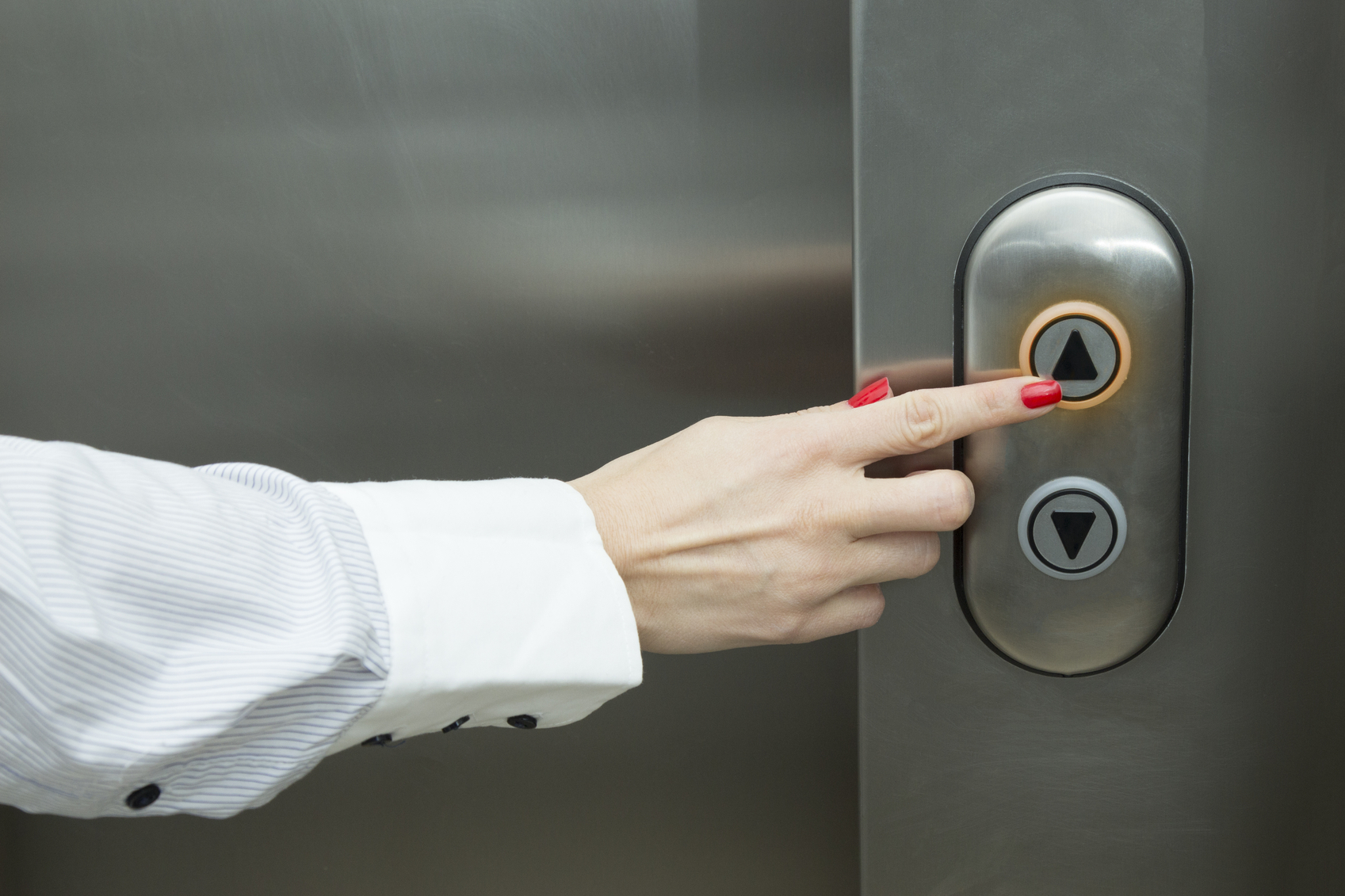London Lift Company: Offering Comprehensive Lift Solutions Across the Capital
London Lift Company: Offering Comprehensive Lift Solutions Across the Capital
Blog Article
Digging Into the Globe of Lifts: Usual Issues Dealt With by Different Lift Devices
As we browse via the upright transportation systems of modern-day structures, lifts stand out as an essential element of our daily lives. From hydraulic lifts to traction systems and machine-room-less designs, each lift type comes with its collection of typical problems.
Hydraulic Elevators
Hydraulic lifts, usually chosen for low-rise buildings, use fluid pressure to regulate the motion of the lift auto (lift repair companies). This mechanism includes a hydraulic pump pushing oil into a cyndrical tube, triggering the elevator to relocate in the preferred instructions. While hydraulic elevators are known for their quiet and smooth procedure, they do feature their own collection of common problems
One prevalent trouble with hydraulic lifts is oil leak. In addition, issues with the control system, such as faulty shutoffs or a malfunctioning pump, can trigger disruptions in the lift's movement.
Normal maintenance and timely repair services are vital to guarantee the smooth performance of hydraulic elevators. By attending to these usual problems proactively, structure owners can decrease downtime and make certain the security and effectiveness of their vertical transport system.
Grip Elevators
When thinking about upright transport systems in structures, one more common kind in addition to hydraulic elevators is the grip lift. Grip lifts operate using a system of ropes and weights that relocate the elevator automobile by grasping onto the hoist ropes. This device permits smoother and much faster upright transportation contrasted to hydraulic systems.
One of the typical problems dealt with by traction lifts is rope wear. The constant activity of the ropes within the grip system can result in damage with time, possibly causing the elevator to malfunction or become hazardous for use. Normal assessments and upkeep of the ropes are vital to guarantee the elevator's appropriate performance and security.
Another problem that traction lifts might experience is connected to the control system. Problems with the control system can cause issues such as erratic motion, hold-ups in reaction times, or perhaps full shutdowns. Normal testing and upkeep of the control system are crucial to stop such concerns and ensure the lift's integrity.
Machine-Room-Less (MRL) Lifts

One of the crucial elements of MRL elevators is the small gearless grip equipment that is installed within the hoistway. This equipment effectively drives the elevator automobile without the requirement for cumbersome tools located in conventional traction lifts. Additionally, MRL lifts usually utilize a weight system to stabilize the car, more boosting their power efficiency.
Despite their advantages, MRL lifts may face difficulties related to repair and maintenance because of the constrained area for tools installation. Accessibility for servicing elements within the shaft can be restricted, needing specialized training for service technicians. Proper upkeep schedules and normal inspections are crucial to guarantee the continued smooth operation of MRL elevators.
Overloading and Weight Limitation Issues
Straining and weight limit problems are important problems in lift procedures. Lift makers style lifts with particular weight abilities to make sure guest security and tools longevity.
When lifts are strained, it places too much stress on the motor, cables, and other parts, potentially creating breakdowns or failures. Security systems such as sensing units and overload sensors remain in place to protect against lifts from relocating if they detect excess weight. Additionally, surpassing weight restrictions can cause enhanced power this content intake and deterioration on the elevator system.
To mitigate straining concerns, building supervisors need to plainly present weight limits in lifts and educate owners on the significance of sticking to these restrictions - lift repair companies. Normal upkeep checks by qualified technicians can also assist guarantee that elevators are operating within risk-free weight criteria. By attending to overloading and weight limit concerns proactively, structure owners can improve elevator safety and security and efficiency
Electric System Failings
Going beyond weight restrictions in elevators can not just cause mechanical concerns however also potentially contribute to electric system failings within the lift infrastructure. Electrical system failures are an important worry in elevator procedure, as they can trigger unexpected closures, malfunctions, or even security hazards. One usual electrical problem is the getting too hot of elements due to extreme existing circulation created by overloading the lift beyond its capacity. This can bring about harm to the electric motor, control, or wiring systems, resulting in pricey repair services and downtime.
Moreover, power rises or variations in the electric supply can also interrupt the elevator's procedure, impacting its performance and security. These electrical disturbances can harm delicate lift elements such as control board, circuit card, or sensors, leading to system failings. Regular upkeep and assessments find this are vital to determine and address possible electric problems promptly, making certain the effective and secure operation of elevator systems. By sticking to weight restrictions and conducting regular electrical system checks, building proprietors can mitigate the threat of electric failings in lifts.
Conclusion

Hydraulic lifts, commonly chosen for low-rise buildings, use fluid stress to regulate the movement of the lift automobile.When considering vertical transport systems in buildings, an additional common kind apart from hydraulic lifts is the traction elevator. Grip elevators operate making use of a system of ropes and weights that relocate the elevator auto by gripping onto the hoist ropes. Unlike standard lifts that need a separate equipment room to house the tools, MRL elevators incorporate many of the components within the shaft, getting rid of the need for a committed device room.In verdict, elevators encounter typical concerns you could look here such as hydraulic breakdowns, grip system failings, and electrical system problems.
Report this page